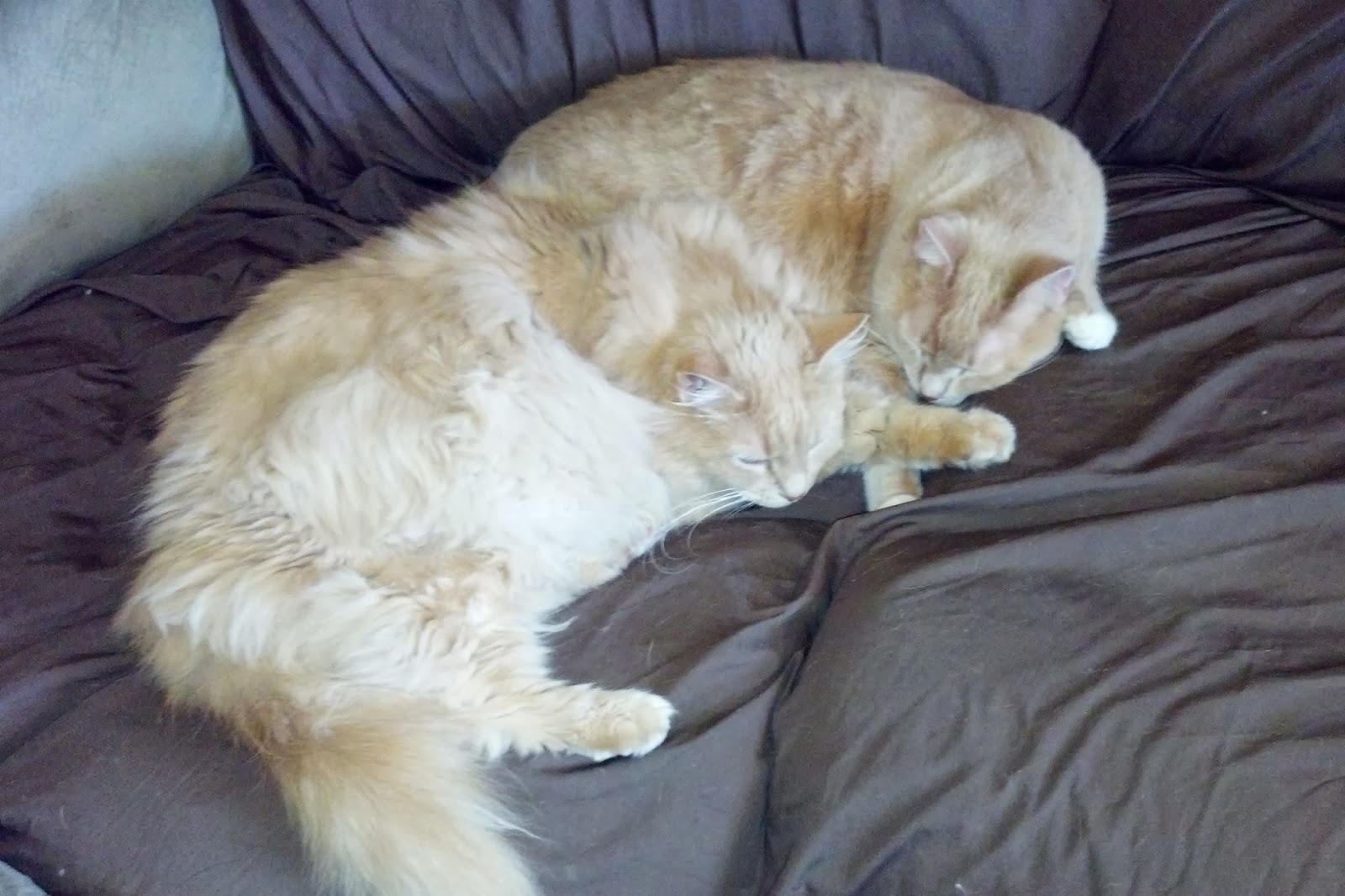Catalina Pet Hospital
Tucson, AZ
There are several things to consider when choosing a cat litter:
- Clumping vs Non-Clumping
- Biodegradable vs Non-Biodegradable
- Expense
- Fragrance and Odor Control
- Cat Preference
Non-clumping litters can vary from inexpensive clay litter to recycled newspaper to plant based to synthetic crystals. These litters can be more difficult to keep sanitary and tend to be more wasteful since all of the litter needs changed at the same time, at least once a week. Some plant based litters like pine may have a strong odor that your cat may dislike. However, these litters tend to be less dusty and may cause less tracking of litter away from the box. The newspaper and plant based litters tend to be more environmentally friendly since the ingredients are biodegradable.
A few tips:
- Do not abruptly change your cat's litter type
- When changing types of litter, keep one litter box with the old type of litter and a different litter box with the new litter
- Avoid strong fragrances
- Scoop litter boxes with scoopable litter daily
- Observe your cat in the litter box to see how they react to their litter





+and+Salisbury+(black).jpg)





























